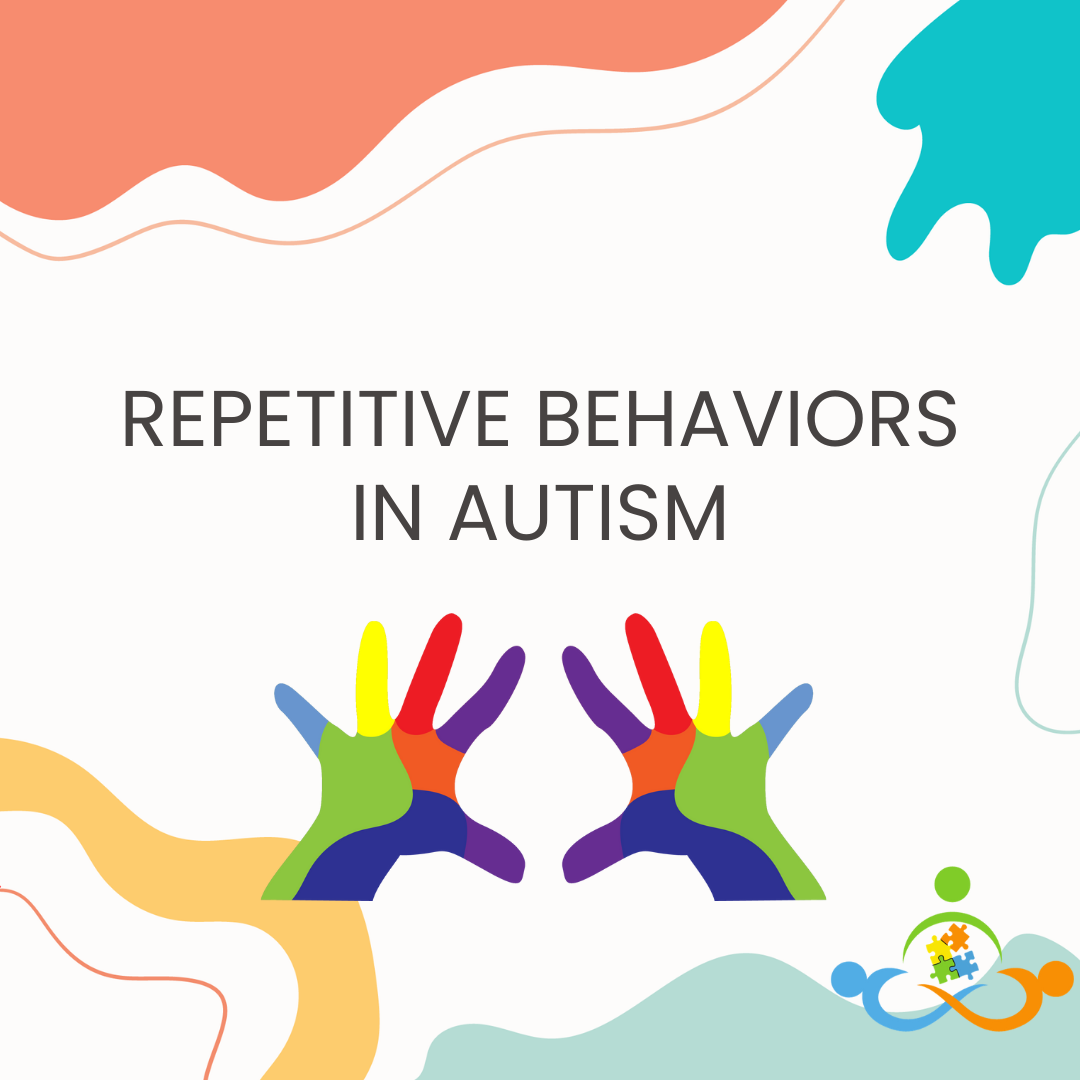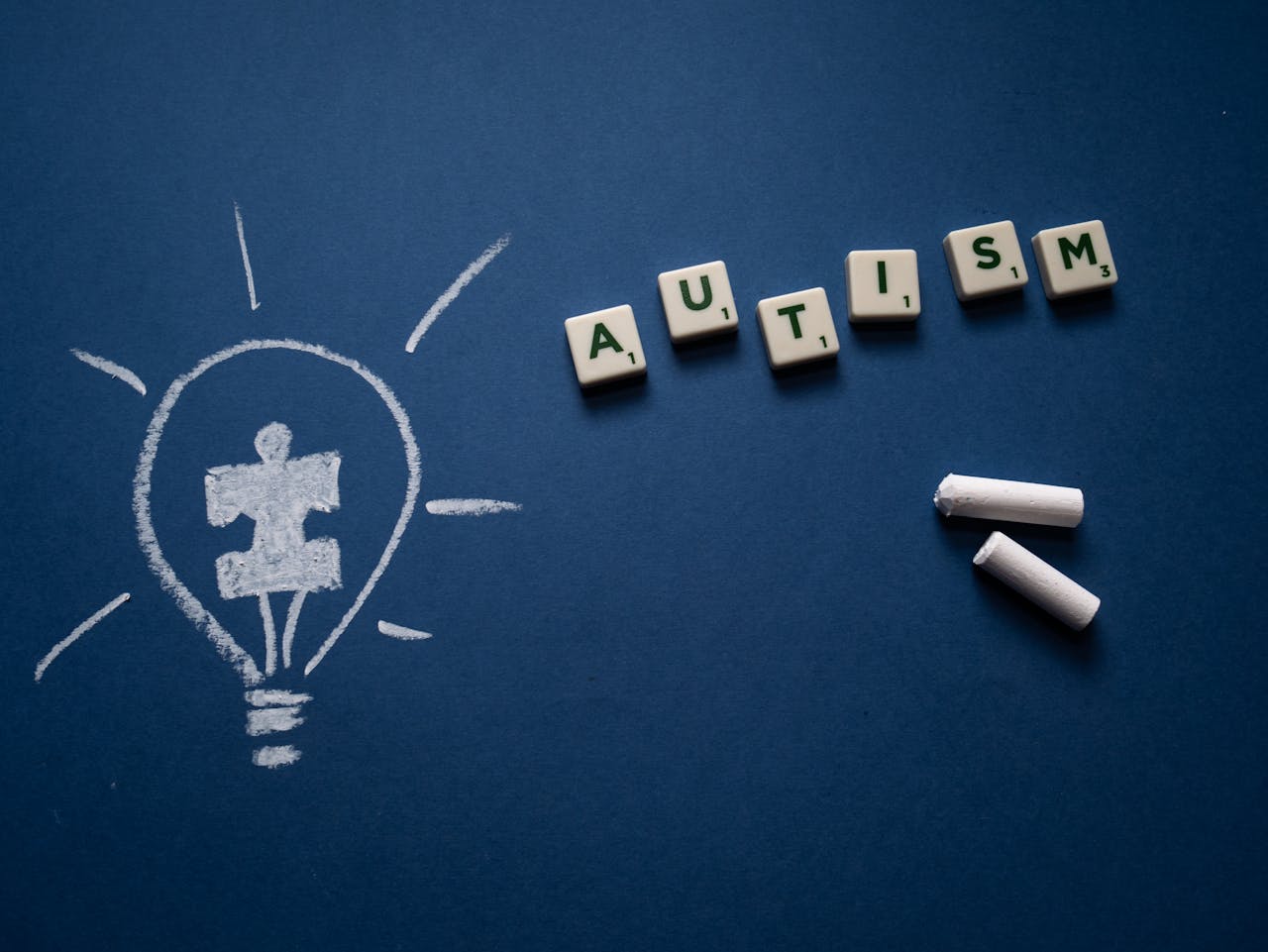As a parent of a child with autism, I understand firsthand the challenges and uncertainties that come with navigating the world of repetitive behaviors. It’s a topic that often sparks confusion and concern among parents, educators, and even healthcare professionals. Today, I want to delve into this complex aspect of autism, shed some light on what repetitive behaviors mean, and provide some insights into how we can better understand and support our children.
Repetitive behaviors are a hallmark feature of autism spectrum disorder (ASD). These behaviors can manifest in various forms, ranging from simple motor movements like hand-flapping or rocking (which can also be self regulating) , to more complex rituals or routines such as insisting on following the same route to school every day. While these behaviors may seem puzzling or even disruptive to outsiders, they serve a purpose for individuals with autism.
One crucial point to understand is that repetitive behaviors are not just random actions; they often serve as a coping mechanism for individuals with autism. Imagine being in a world that feels overwhelming and unpredictable, where sensory input bombards you from all directions, and social interactions are like decoding a foreign language. In such a scenario, engaging in repetitive behaviors can provide a sense of comfort, predictability, and control. It’s akin to a security blanket in an uncertain world.
For instance, consider a child who lines up their toys meticulously every day before bedtime. To an outsider, this may seem like a trivial or unnecessary ritual. However, for the child, it brings a sense of order and structure to their world, reducing anxiety and helping them make sense of their surroundings.
Another common repetitive behavior in autism is echolalia, where individuals repeat phrases or words they’ve heard, sometimes out of context. While it may appear odd to others, echolalia can serve as a means of communication for individuals with autism, allowing them to express themselves or process information in a familiar way.
For example: If your child went to Disney and had lots of fun and was happy that day. They may associate the word disney with the feeling happy. Instead of them staying ” I am happy” You will hear DISNEY because they can make the connection on how they were feeling.
So, do individuals with autism learn through repetitive behaviors? The answer is nuanced. While repetitive behaviors may not align with traditional learning methods, they still play a crucial role in cognitive development and self-regulation for individuals with autism. Think of it as a unique learning style tailored to their individual needs.
As a parent, it’s essential to recognize the function behind your child’s repetitive behaviors and to approach them with understanding. Instead of trying to suppress these behaviors, consider finding ways to channel them into more socially acceptable forms or providing alternative coping mechanisms. For instance, if your child engages in repetitive hand-flapping when excited, you might encourage them to express their excitement through words or drawings to make the connection.
It’s also vital to seek professional guidance and support. A qualified therapist or behavior analyst can help you decipher the underlying reasons behind your child’s repetitive behaviors and develop strategies to address them effectively.
Remember, every child with autism is unique, and what works for one may not work for another. Embrace the journey of understanding and supporting your child’s needs, and celebrate their strengths and accomplishments along the way.
In conclusion, repetitive behaviors in autism may seem perplexing at first glance, but they serve a vital function for individuals with autism. By understanding the underlying reasons behind these behaviors and providing appropriate support, we can help our children thrive in a world that may sometimes feel overwhelming to them.
References:
- American Psychiatric Association. (2013). Diagnostic and statistical manual of mental disorders (5th ed.). Arlington, VA: American Psychiatric Publishing.
- Leekam, S. R., Prior, M. R., & Uljarevic, M. (2011). Restricted and repetitive behaviors in autism spectrum disorders: A review of research in the last decade. Psychological Bulletin, 137(4), 562–593. https://doi.org/10.1037/a0023341



